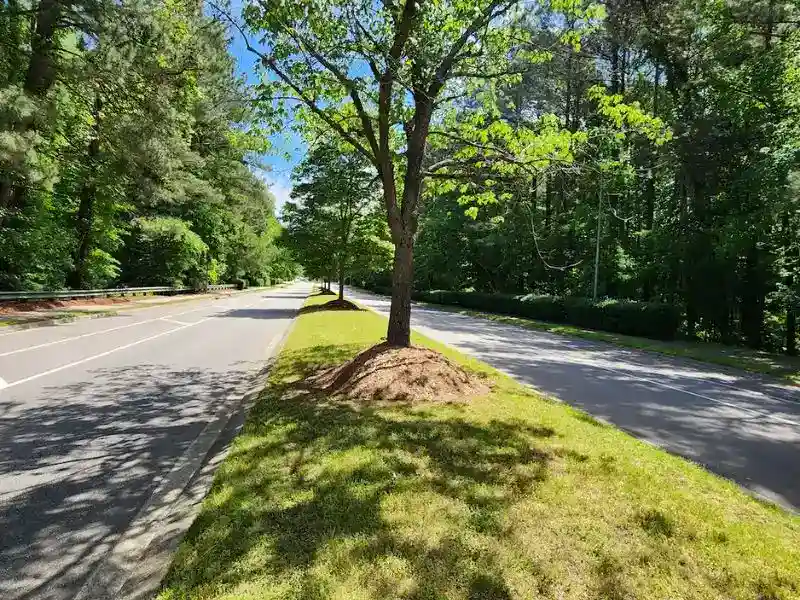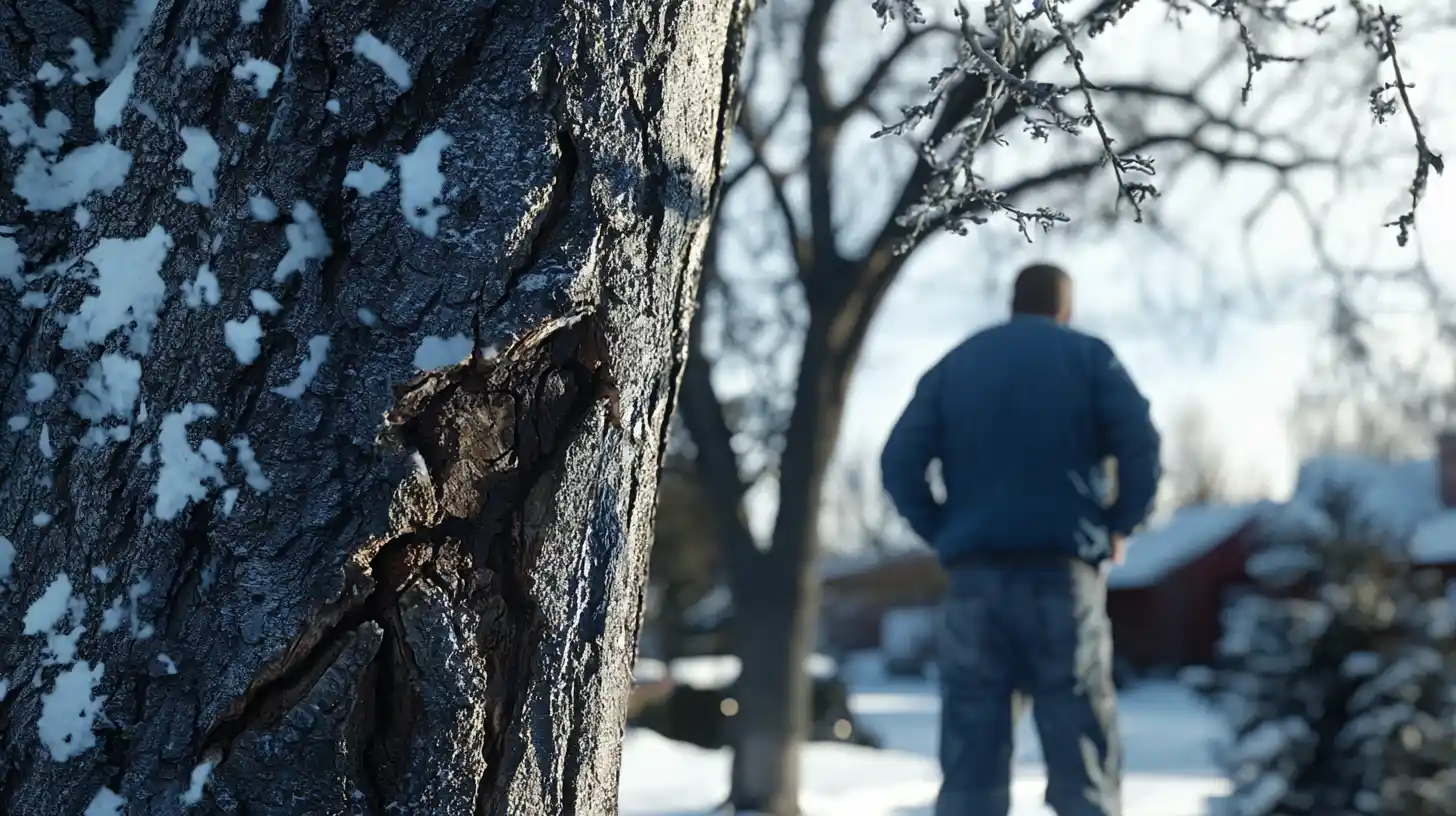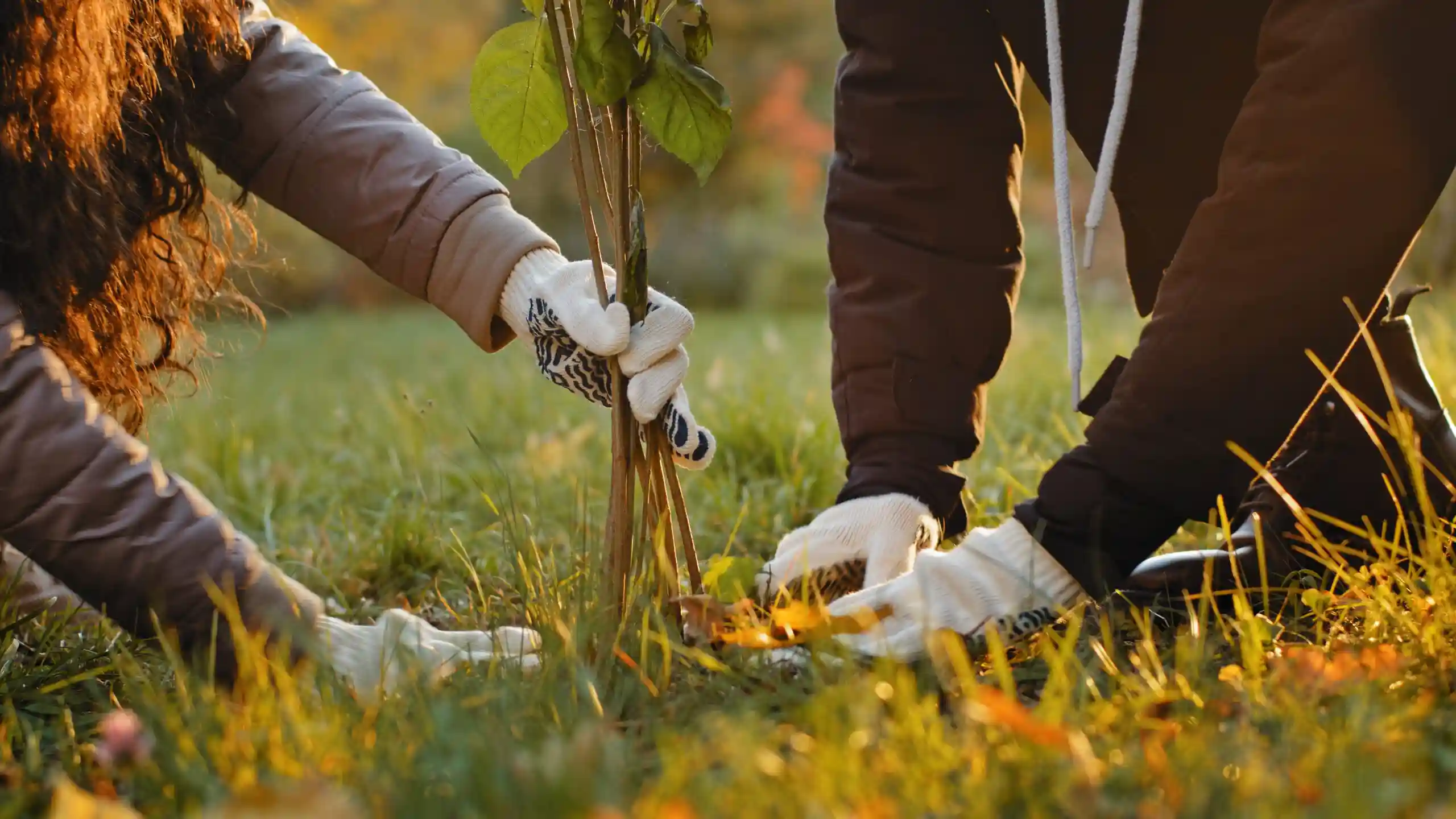Trees are an essential part of any landscape, providing shade, beauty, and privacy. Regular tree trimming is crucial for maintaining the health and vitality of your trees, enhancing their aesthetic appeal, and ensuring the safety of your property and its inhabitants. However, to maximize the benefits of your tree trimming service, it’s essential to take a proactive approach.
1. Schedule Trimming at the Right Time
The timing of tree trimming is crucial for optimal results. Generally, late winter or early spring is the best time to trim most trees, as they are dormant and less susceptible to stress or damage. During this period, the trees are not actively growing, allowing the wounds to heal more quickly and minimizing the risk of disease.
2. Identify Your Objectives
Before scheduling your tree trimming service, clearly define your objectives. Are you primarily concerned with maintaining the health of your trees, improving their appearance, or addressing specific concerns like overgrown branches or safety hazards? Clearly communicating your goals to the arborist will ensure that the trimming process is aligned with your expectations.
3. Understand Tree-Specific Needs
Different tree species have unique needs and considerations when it comes to trimming. Familiarize yourself with the specific requirements of your trees to ensure that the arborist is approaching the task with the appropriate knowledge and expertise. For instance, some trees require more frequent trimming than others, while some may have specific branch structures that need to be preserved.
4. Communicate Clearly with the Arborist
Effective communication is paramount for a successful tree trimming experience. Clearly convey your expectations to the arborist, including the desired level of trimming, any concerns you may have, and any specific areas that require attention. Open and clear communication will help ensure that the arborist understands your goals and can tailor their approach accordingly.
5. Prepare Your Property for the Service
Before the arborist arrives, prepare your property to facilitate the trimming process. Remove any obstacles or objects from the work area, such as lawn furniture, garden ornaments, or toys. Ensure that pets are kept away from the trimming site to prevent them from interfering with the work or coming into contact with any falling debris.
6. Supervise the Trimming Process
While it’s not necessary to stand over the arborist’s shoulder during the trimming process, it’s advisable to be present to supervise the work. This allows you to observe the process, ask questions, and address any concerns as they arise. Active involvement will help ensure that the trimming is being carried out according to your expectations and preferences.
7. Inspect the Work Upon Completion
Once the trimming is complete, take the time to thoroughly inspect the work. Examine the trees for any signs of damage or improper trimming practices. Ensure that the trimmed branches have been properly disposed of and that the work area is clean and free of debris. If you have any concerns, don’t hesitate to discuss them with the arborist before making the final payment.
8. Maintain Proper Tree Care
Regular tree trimming is essential for maintaining the health and beauty of your trees. However, it’s crucial to supplement trimming with proper tree care practices. Provide your trees with adequate water and nutrients, monitor for signs of disease or pests, and address any concerns promptly. By following these guidelines, you can ensure that your trees thrive for years to come. Join us on Instagram



